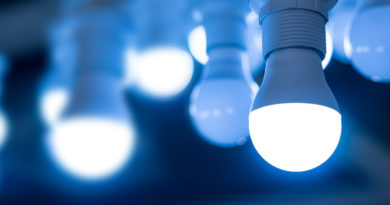LIGHTING DICTIONARY | An Architect Explains
Many people find the technical terms associated with Lighting, difficult to understand. I have explained these terms here in easy-to-understand language.
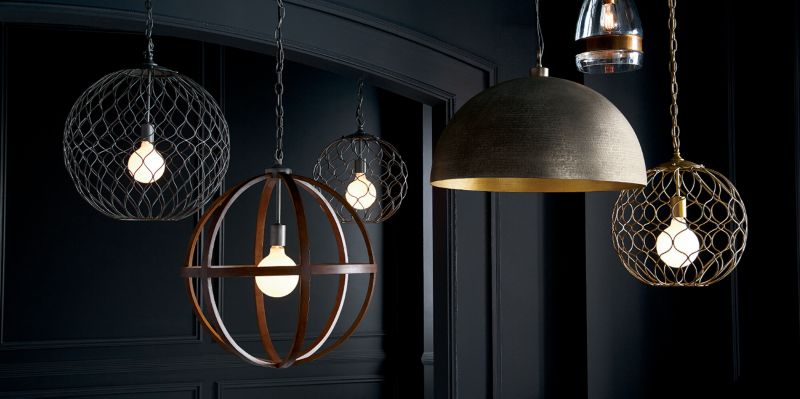
Absorption – Refers to a measure of the amount of light absorbed by an object, instead of being reflected. Dark colored and matte surfaces are least likely to reflect light.
Accent Lighting – Lighting directed at a particular object in order to focus attention upon it.
ADA (Americans with Disabilities Act) – ADA-compliant fixtures cannot extend more than 4” from the wall.
Ambient (General) Lighting – The soft indirect light that fills the volume of a room with illumination. It softens shadows on people’s faces and creates an inviting glow in the room.
Amperage – The amount of electrical current through a conductive source.
Angle of Reflectance – The angle at which a light source hits a reflective surface equals the angle at which the resulting glare is reflected back.
ARM – A decorative-shaped tube or casting that is used to support a socket. An arm usually has socket wires running through it.
Back Plate – The part of a fixture that mounts to a wall or vertical surface.
Ballast – Device that Provides the proper starting and operating electrical condition to power one or more fluorescent or HID lamps. There are two types of ballasts available, magnetic and electronic.
Bulb – What everyone calls it except the lighting industry which calls it a ‘Lamp’.
Canopy – The decorative plate that attaches to the ceiling to cover the junction box.
Chandelier – A multi-arm, decorative, often ornate ceiling light fixture that holds a number of bulbs.
Collection – A group of matching fixtures and/or lamps that together can bring a unified look to a home or room.
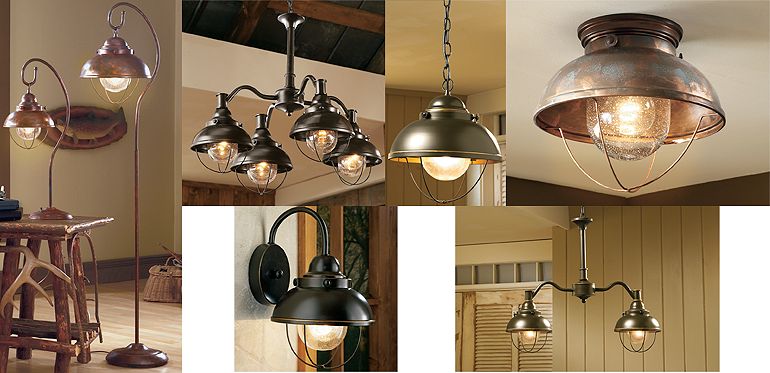
Color Temperature – The appearance of white light, in terms of warmth or coolness. Warm color corresponds to lower color temperatures and cool colors to warm color temperatures.
CRI (Color Rendering Index) – A measure of how light sources render colors. The higher (to 100) the CRI, the better the color rendering, given the color temperature of the lamp.
Diffuser – A covering or shade over a light or lamp that generally softens or scatters the light and is usually used to eliminate hot spots and glare. Can be made from a variety of materials (glass, plastic, fabric, etc.) and in a variety of colors.
Dimmer – A control that regulates light levels.
Dimming Ballast – a ballast designed to allow the use of dimmers.
Efficacy – Measurement of the efficiency of a light source.
Extension (EXT.) – The depth of a wall light fixture (sconce or bath). The measurement from the wall to the farthest point away from the wall.
Family (Collection) – A group of matching fixtures and/or lamps that together can bring a unified look to a home or room.
Filters – Glass or metal accessory used to alter beam patterns or introduce/change colors.
Finial – A small finishing ornament at the crown or bottom of a fixture.
Fixture – A light that is permanently attached or wired directly into a junction box. Chandeliers, bath lights and wall sconces are examples of ‘ fixtures’.
Flush-Mount – Attach directly to the ceiling with no gap between the light and ceiling.
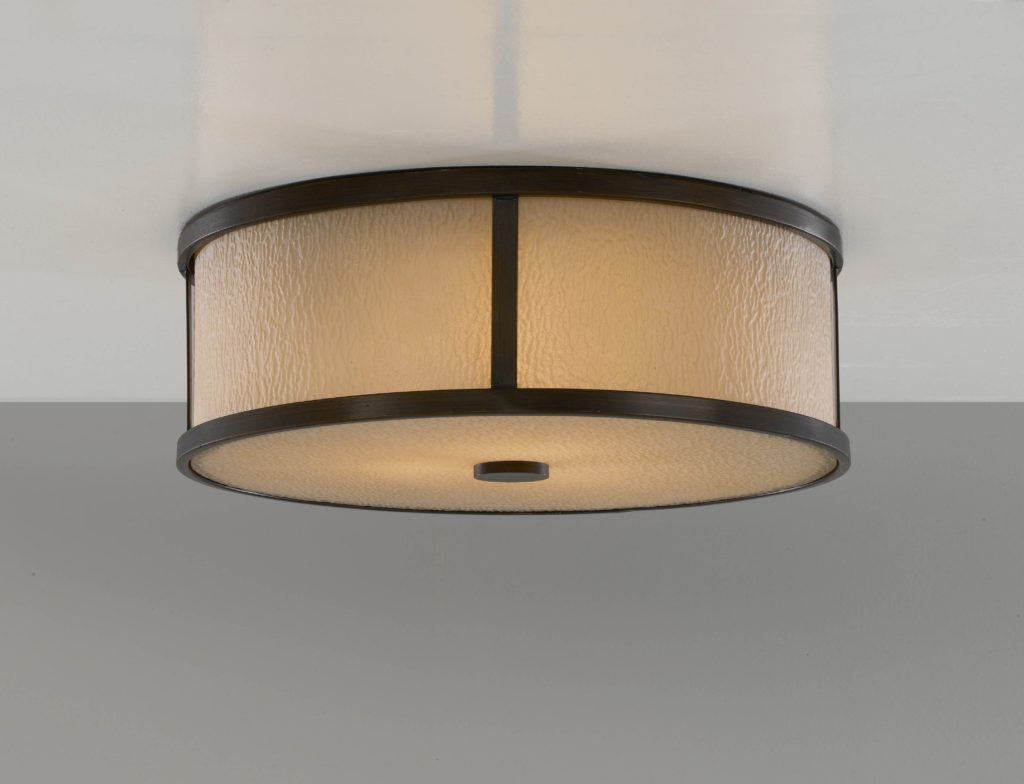
Foot Candle – A measurement of the intensity of light reaching a surface. One uniformly distributed lumen falling on one square foot of surface produces the illumination of one foot candle.
Halogen – An incandescent lamp containing halogen gas which recycles the tungsten.
Hard Wire – Method of luminaire installation using a junction box.
HCWO (Height from Center of Wall Opening) – The measurement from the top of the fixture to the center of the outlet box when installed.
High Intensity Discharge (H.I.D.) Lamp – A category of lamp that emits light through electricity activating pressurized gas in a bulb. Mercury vapor, metal halide, and high pressure sodium lamps are all H.I.D. sources. They are bright and energy-efficient light sources used mainly in exterior environments.
Housing – Enclosure for recessed sockets and trim above the ceiling.
Incandescent Lamp – The traditional type of light bulb that produces light through electricity causing a filament to glow. It is not a very efficient source of illumination.
Inverted pendant – An ornamental hanging fixture with no multiple arms where the glass or diffuser opening is facing the ceiling.
Junction Box – an enclosure that houses electric wires or cables that are joined together and protects the connections. Junction boxes are also sometimes called ‘Gang boxes’ or ‘Splitter boxes’.
Kelvin – The common unit of measure for the color temperature of a light source.
Lamp – What the lighting industry technically calls a light bulb. A glass envelope with gas, coating, or filament that glows when electricity is applied. What everyone else calls a table or floor lamp.
Light Fixture – is an electrical device used to create artificial light or illumination.
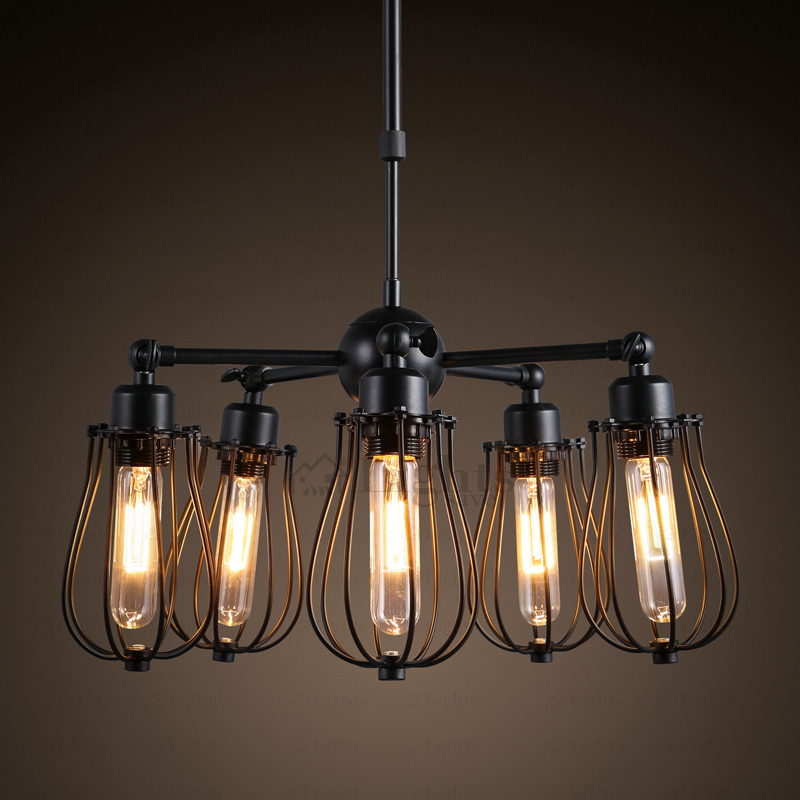 Line-Voltage – The 110-120-volt household current, generally standard in North America.
Line-Voltage – The 110-120-volt household current, generally standard in North America.
Low-Voltage Lighting – System that uses less than 50-volt current (commonly 12-volt), instead of 110-120-volt, the standard household current. A transformer is used to convert the electrical power to the appropriate voltage.
Lumen – It is the measure of the “perceived power” of light.
Luminaire – is a lighting fixture complete with the light source or lamp, the reflector for directing the light, an aperture (with or without a lens), the outer shell or housing for lamp alignment and protection, an electrical ballast, if required, and connection to a power source
PAR Lamps – Lamps (bulbs) with parabolic aluminized reflectors that give exacting beam control. There are a number of beam patterns to choose from, ranging from wide flood to very narrow spot. PAR lamps can be used outdoors due to their thick glass, which holds up in severe weather conditions.
Pendant -An ornamental hanging fixture with no multiple arms where the glass or diffuser opening faces down.
Portable – A light or lamp that is simply plugged into an outlet and can easily be picked up and moved. Table lamps and floor lamps are examples of ‘ portables’
Sconce – A decorative lighting fixture with a flat side to be hung on a wall, that holds candles or lights.
Semi Flush – A light fixture which attaches to the ceiling with a stem or part that creates a gap between the fixture and ceiling.
Switches – Controls for electrical devices.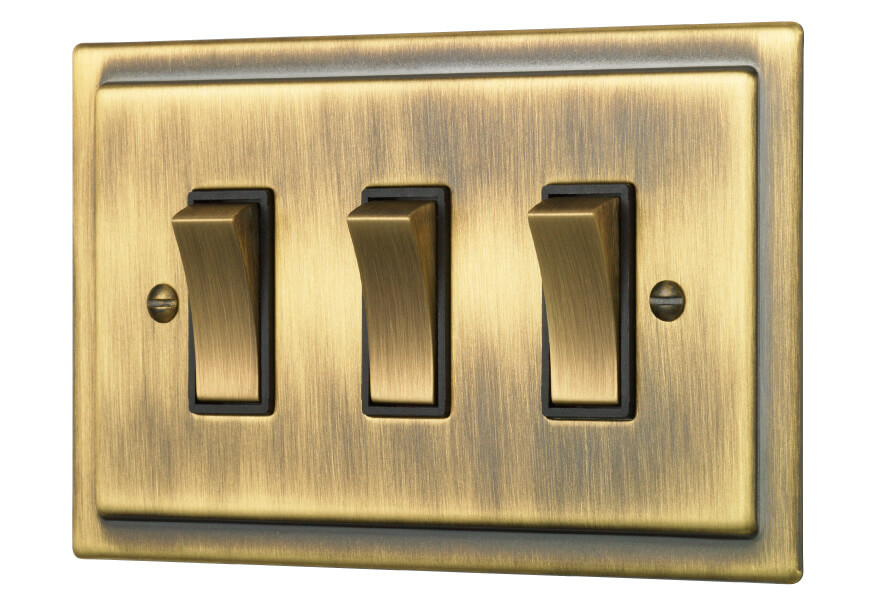 Task Lighting – Illumination designed for a work surface to provide good light, free of shadows and glare.
Task Lighting – Illumination designed for a work surface to provide good light, free of shadows and glare.
Timers – Control devices to activate luminaires at set timed intervals.
Torchiere – a tall floor lamp with a bowl-shaped glass that diffuses the light or directs it upward.
Transformer – A device which can raise or lower electrical voltage, generally used for low voltage lights.
Tungsten-Halogen – A tungsten incandescent lamp (bulb) which contains gas and burns hotter and brighter than standard incandescent lamps.
UL – An independent testing company. Underwriters Laboratory.
Veiling Reflection – A mirror like reflection of a bright source on a shiny surface.
Voltage – A measurement of the pressure of electricity going through a wire.
Voltage Drop – The decrease in voltage between the source and the load due to resistance in the wire(s).
Watt – Unit of electrical power.
Xenon – An inert gas used as a component in certain lamps to produce a cooler color temperature than standard incandescent. It is often used in applications where halogen may normally be specified, because of a longer lamp life and lower pressure.
Related Topics:
If you found this post useful, all it takes is a simple click on the “pin it” “like,” “share,” “tweet,” or Google+ buttons below the post. Thank you!

